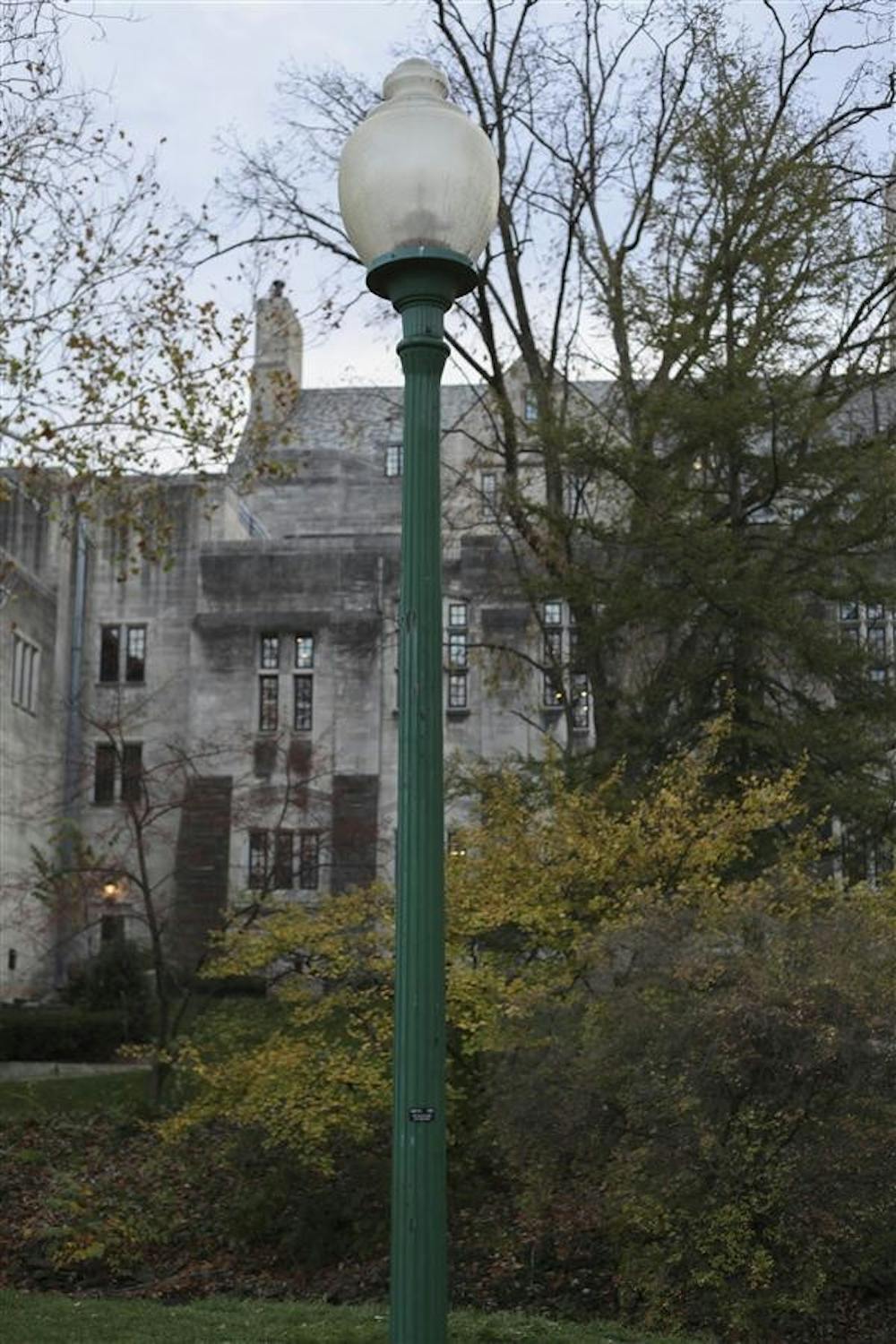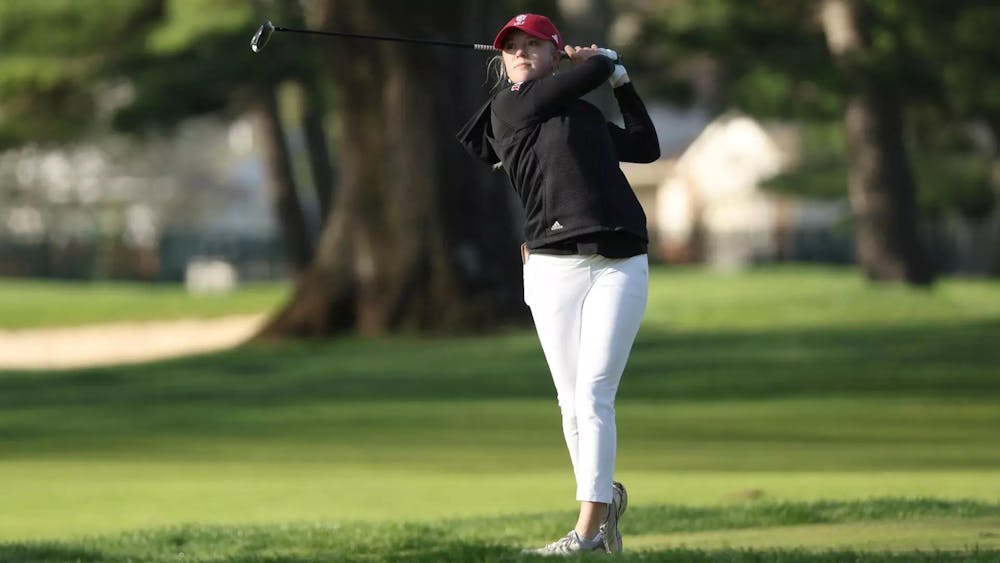IU Physical Plant recently established a new system that makes it easier for those on campus to report broken lights, simplifying the repair process for the repair team, Assistant Director of Utilities Division Mark Menefee said.
With the new system, each light is given a specific number. The light’s number and location is logged in an information map that tells the repair team exactly where the it is located. All lights also have a phone number on them so anyone on campus can call to report exactly which numbered light is malfunctioning.
“Before, lights would get called in and people would say a light was out but have no way of saying which one,” Menefee said. “Now they can say ‘it’s light number 35’ and we would know exactly what they are talking about.”
With this system, the light repair team can more ably fix the lights within 48 hours. They are a small group, Menefee said, and aren’t able to always go on campus and look for themselves which lights are out. If a light is not seen by someone, there is no way of knowing whether or not it is out.
The system was completed six months ago, but Menefee said he now hopes to spread student awareness of the system so its effectiveness continues to increase.
“It’s an effort to get more eyes on campus to see when lights are out,” he said.
Demand for a new system came about as the utilities team noticed an increased focus on campus security.
Older lights are also in the process of being replaced with the new University standard, particularly around University parking lots, Parking Manager J. Douglas Porter said.
Utilities also seeks to improve campus lighting by beginning to install LED lights.
Sophomore Eliza Williams lives off campus and often walks on campus in the evening, she said, though she doesn’t feel as comfortable walking on the campus after 11 p.m.
“Around central areas, like the (Herman B Wells) Library and Fine Arts Building, there’s a lot of light,” Williams said. “Some stretches between the dorms aren’t lit up that well, though.”
She also said once students leave the main part of campus, it is fairly dark.
However, Porter said the dark areas close to campus are the responsibility of the city utilities departments.
Menefee also said lights often face a “grey zone” right at dusk, so some lights don’t turn on immediately. Some run on photocells, which react to the sunlight. Others run on timers, which can be tricky, particularly during daylight saving time, Menefee said.
However, if it is late at night and a light is still not on, it should be reported.
Fix lights by phone

Get stories like this in your inbox
Subscribe





